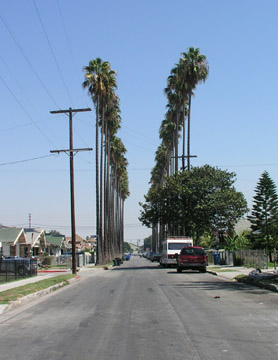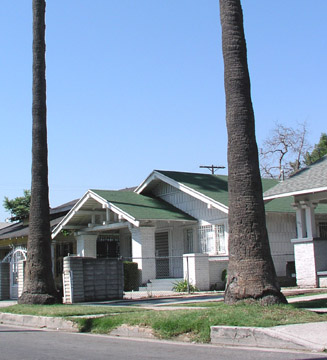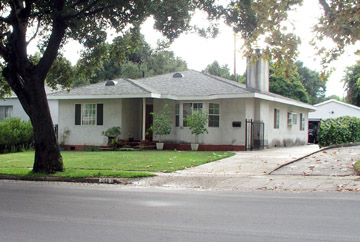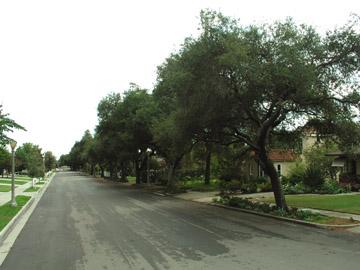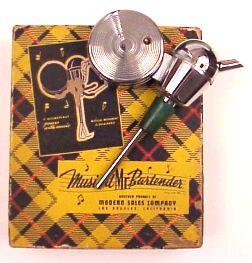August 5, 1947
Los Angeles
Mrs. Edith Velasquez, 28, can’t handle her son, but her husband can.
Earl L. Daily is 12, and big and strong as a grown man-unfortunately, he still has the brain and impulse control of a child. When husband Florian, a laborer, is at work, Edith cares for her six other children-Marcellina, 11, Florian, 9, Geraldine, 6, Marie, 5, Winona, 4 and Dickie, 3. And she chains Earl, her child by a previous relationship, to a bed in their 3-room house at 19006 Wilmington Ave.
For the past four years, Edith has been trying to get Earl admitted to the Pacific Colony Home, but the institution hasn’t had room for the boy. Lately he’s taken to running away. So he spends his days padlocked to the bed in the room he shares with five of his siblings, with occasional visits to the yard. He’s only unlocked when his stepfather is home and can control him, and catch him if he runs.
It must have been one of those chained stays in the yard that led to the visit from the juvenile division officers, who came to inquire and learned that Earl and his 6-foot length of chain had been intimate for the past five months. They’re working on arranging a formal committal to an institution, which will leave the Velasquez family free to concentrate on their other children.
Edith expressed hope that Earl might fare better in his new home. “It will be so much better for him there. He’s never been to school, and maybe at the right place they can teach him something. Last year he’d try to get on the school bus with my other children. But the driver knew him and would always send him back home. He’s always talking about school.â€
See also: A history of the National Association for Retarded Children (ARC)
